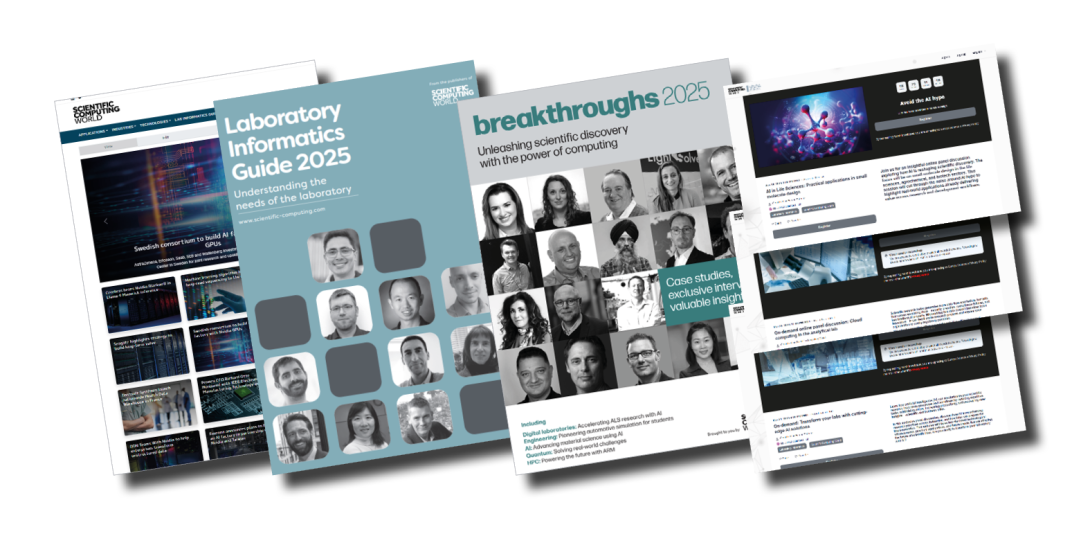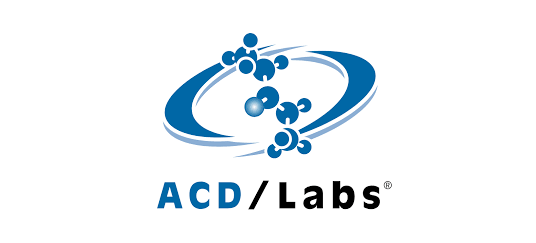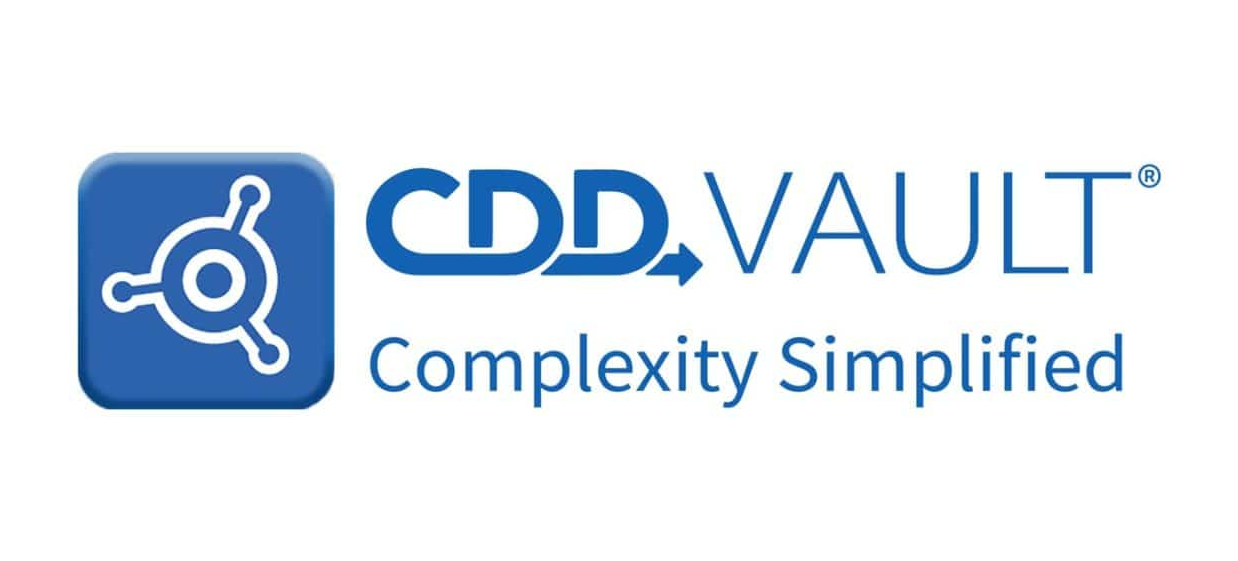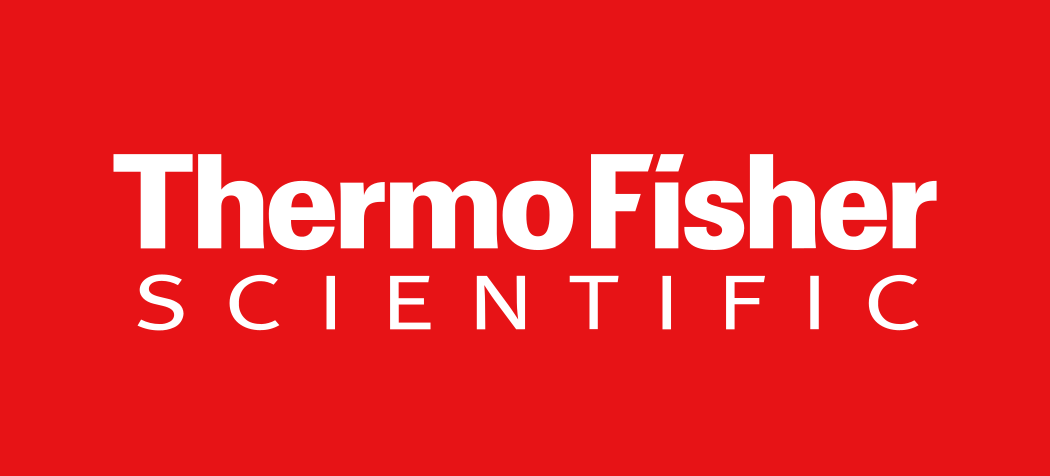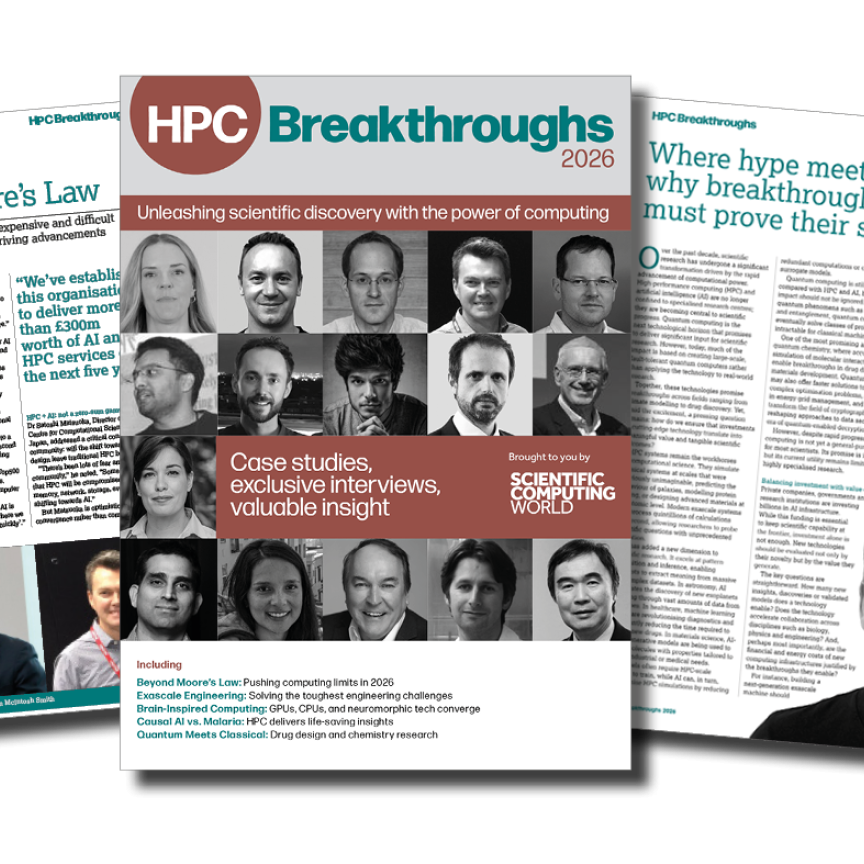Making quantum computing more accessible and applicable to real-world challenges

Credit: Algorithmiq
Sabrina Maniscalco discusses the use of quantum computing in life sciences and how IBM is opening up new opportunities for developers of quantum technology and making it easier for users to access quantum computing

Register for FREE to keep reading
Join 12,000+ scientists, engineers, and IT professionals driving innovation through informatics, HPC, and simulation with:
- Insights into HPC, AI, lab informatics & data
- Curated content for life sciences, engineering & academia
- Access to Breakthroughs: real-world computing success
- Free reports & panels, including the Lab Informatics Guide
- White Papers & software updates for smarter research
Sign up now
Already a member? Log in here
Your data is protected under our privacy policy.
